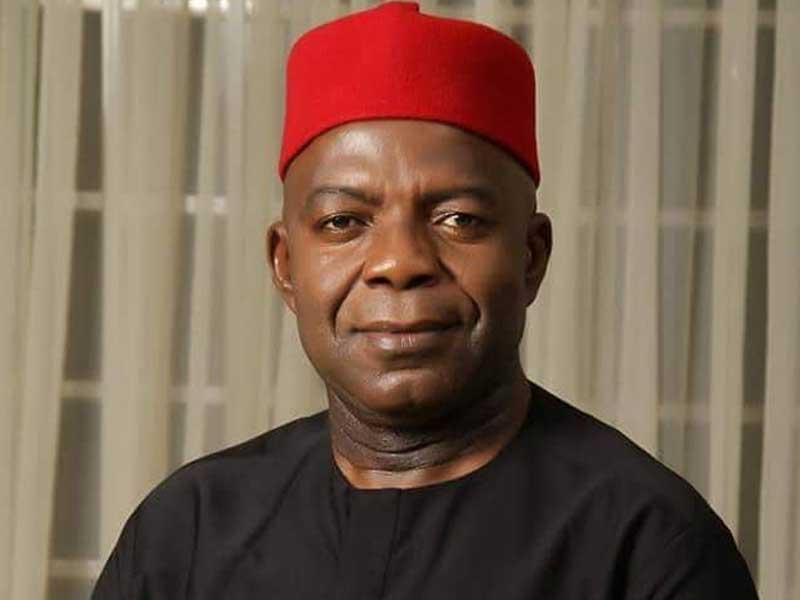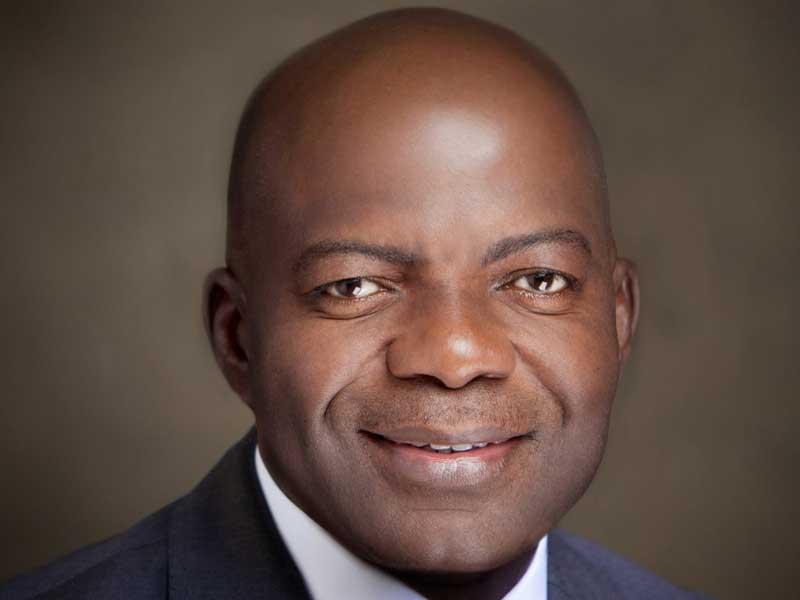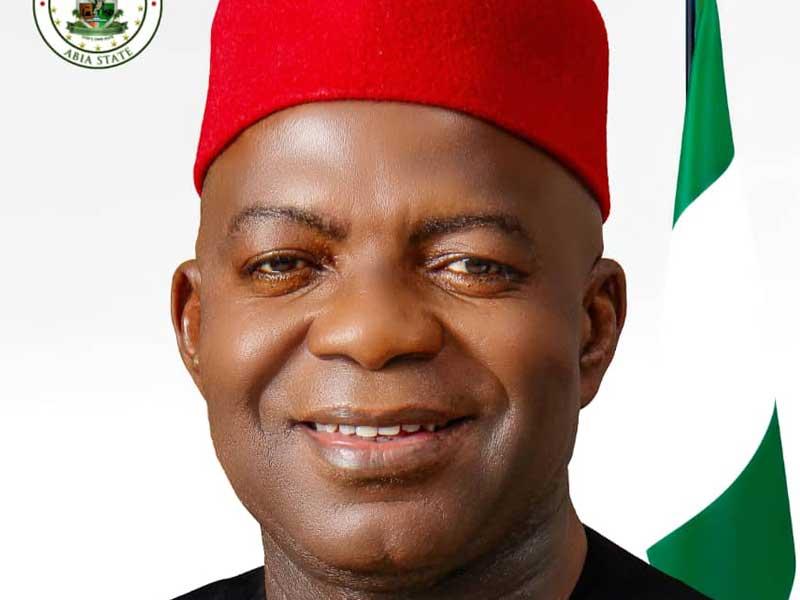OUTSIDE THE BOX
BY ALEX OTTI
“Give me six hours to chop down a tree and I will spend the first four hours, sharpening the axe” Abraham Lincoln.
On the 5th of April, 2017, President Mohammadu Buhari launched the 168 paged Economic Growth and Recovery Plan (EGRP) for years 2017-2020. This is one of the major successes recorded by this administration in my opinion. I believe so because it is the first time in the recent past that government had articulated a set of guiding principles in a live planning document for the management of the economy. Most times, I noticed that many right wing economists get nervous when economic planning is mentioned. This derives from the fact that they immediately attribute an ideological bent to any discussion of planning. This situation is aptly captured by the Cambridge Professor of Economics, Ha-Joon Chang, who wrote: “I have read quite a few readers’ reviews of my book on Amazon, saying ‘Ah, he criticises the free market, he advocates central planning’.
I don’t do that for a minute! But this is our black and white dichotomous way of thinking-which has really been harmful”. While I would not want to dwell on the mischief or shallow appreciation of issues by the anti- planning protagonists, it is important to point out that central planning as a cardinal principle of socialism is very different from the economic planning that we advocate. For most institutions and companies it is important to sit down and draw up a short term, medium term and sometimes, long term strategy for guidance, measurement and evaluation of activities that would determine their success or lack thereof. This is usually a very serious assignment that requires clear understanding of the operating environment, the opportunities that exist, the resources available, the anticipated challenges, the approaches required to navigate those challenges and how to harness the identified opportunities to win. Some people refer to this as strategy formulation. Those who are ardent campaigners of planning in organizations in the private sector, find it convenient to dismiss it for the public sector.
There is an interesting saying to the effect that it makes no sense to leave a live dragon out of your calculations if you leave near one. But this presupposes that you are aware of the existence of the dragon in the first instance and know how to plot its containment. Finally, I’m of the strong conviction that the fact that you do not like a system should not stop you from taking anything you find good in that system. Realistic critics of socialism agree that there is something positive about their planning model and many developed economies have had to learn from the kind of sophisticated planning models of the socialist system.
The planning function has not really been completely absent in the Nigerian economic lexicon. There are the short-term plans represented by the annual budgets, the medium-term plans like the NEEDS and the long-term plans like the Development Plans. The First National Development Plan (1962-1968) made an attempt to improve infrastructure and provided for the equivalent of about N2.2b to be spent on capital projects within the plan period. Because of the advent of the civil war, this plan was extended for two years of 1969 and 1970. The Second National Development Plan (1970-1974) was the post-war economic plan which provided for capital expenditure of about N3b for the period. The Third National Development Plan (1975-1980) tried to address the shortcomings of the previous ones, providing for a capital expenditure of N30b, later reviewed to N43.3b, even though at the end of the plan period, the government was only able to spend N29.43b.
The most aggressive of all the national plans was the Fourth National Development Plan (1981-1985) that provided for N82b capital expenditure. This plan which was the first to be put together by a democratically elected government focused on the eradication of poverty and building an enabling environment to support productivity. The implementation of these plans remains a subject of major debate. In fact, literature has it that one major challenge with these plans was that implementation was measured by the extent of the expenditure relative to budget. Thus in the case of the Third National Development Plan cited above, the budget would be said to be 68% implemented even if there was nothing on the ground to justify the expenditure of N29.43b. We shall return to this later.
The ERGP represents the first blue print by this administration to not only deal with the present economic meltdown, but also to ensure growth in the medium term. The document starts by recognizing the challenges in the structure of the Nigerian economy that has been impeding growth and one may also add development. The economy has been characterized by import dependence, consumerism and lack of diversification. There is no doubt that this is a correct analysis of the economy. We transitioned from an agrarian economy before independence to an oil-dependent economy after independence. The plan therefore seeks to promote sustained inclusive growth which will include structural economic transformation with emphasis on improving both public and private sectors efficiency. “This is aimed at increasing national productivity and achieving sustainable diversification of production to significantly grow the economy and achieve maximum welfare for the citizens, beginning with food and energy security”.
The ERGP envisages average GDP growth rate of 4.62% per annum over the plan period. GDP is expected to gradually turn positive in 2018 and peak at 7% per annum by 2020. While I believe these numbers are ambitious, I agree that just like in other projections in other living documents, there is nothing stopping the authors from reviewing it within the implementation period, if there are sufficient grounds to so do. GDP growth would be driven by fiscal stimulus, another name for government borrowing money to pump into the economy to stimulate demand and production thereby creating jobs and reducing unemployment. The plan also envisages oil prices of between $42.50 to $52 per barrel within the period and a steady rise of output from the present 1.8m barrels per day to an all-time high of 2.5m barrels per day in the year 2020. Non-oil proceeds are not left out in the GDP growth drivers. Here, we are talking of agriculture, industrial production, service sector (which is projected to grow at an average of 2.5%), electricity, gas, and construction. One of the most important drivers is infrastructure. The plan envisages massive infrastructure spend and roll out across the country. These would be in the areas of roads, rail, waterways, seaports and airports.
Ease of doing business is another area that received the plan’s attention. At the moment, Nigeria is ranked No. 169 out of 190 countries. The plan envisages improved ranking to around No 100 within the plan period. The plan recognizes that there have been some strategies put in place by the federal government which must be sustained to improve our ranking. It strongly supports the view that no serious change would happen if we don’t fix the inhibitions to smooth setting up of businesses, enforcement of contracts, payment of taxes, etc. It also envisages alignment of fiscal, monetary and trade policies for better ordered economic fundamentals and congruence in outcomes rather than a situation where those policies are pulling in different directions. Inflation is expected to trend down from the present average of 18% to single digits by 2020 while we would achieve stable exchange rate regime within the period. The plan also proposes self-sufficiency in agricultural products to ensure food security and actually believes that by 2020 we would have started exporting agricultural products massively. On energy, it is expected that we would increase our power generation capacity to about 10GW by 2020, a chunk of it, coming from clean renewable energy sources. It is also expected that we would reduce our dependence on imported petroleum products by 60% in 2018 and by 2020, we would have become a net exporter of petroleum products, thus foreclosing a return to petroleum subsidy era.
Industrialisation through the micro, small and medium scale enterprises received copious mention in the plan. It correctly identifies some self-imposed constraints including lack of access to foreign exchange to import inputs and raw materials. The general contraction of the manufacturing sector to about 4% of GDP as of Q3 2016 was as a result of very poor state of infrastructure and uncompetitive business environment. According to the plan, “the focus will be on priority sectors to generate jobs, promote exports, boost growth and upgrade skills to create 1.5 million jobs by 2020. A revitalised manufacturing sector will create jobs, stimulate foreign exchange earnings and grow micro, small and medium enterprises (MSMEs). The involvement of small businesses in the service sector is a major lever for economic recovery”
On job creation, the plan had this to say, “The implementation of the Plan is projected to reduce unemployment from 13.9% as of Q3 2016 to 11.23% by 2020. This translates to the creation of over 15 million jobs during the Plan horizon or an average of 3.7 million jobs per annum. The focus of the job creation efforts will be youth employment, and ensuring that youth are the priority beneficiariesâ€.
Like I had stated earlier, this is a very good and well-articulated document. It is an excellent direction towards the resuscitation of our ailing economy. Having said that, there are a few areas that the authors will need to review as they continue to improve on the plan. The plan just like the name implies pays so much attention to recovery and growth, ignoring the more fundamental issue of development. Like I had had cause to argue at different fora, recovery from stagflation or recession is like a piece of cake. Once there is reversal of oil prices or drop in imports or sustained inflow of foreign exchange, we would easily come out of recession. That, however, says nothing about the structural defects in the economy. Again, emphasizing growth at the expense of development is very dangerous to this economy. We had seen almost a decade of massive GDP growth which was not only jobless, but empty. It is this distortion that encouraged us to begin to feel that we were a big country and made us go on a spending spree and become an import maniac. It is this same growth that made us not to focus on putting in place the enabling environment for businesses to thrive locally, making imports cheaper than local production. It is important therefore that the authors of the document look at development as distinct from growth.
The document seems to promote and rely on a commodity economy as a major growth driver. The projection for improved oil prices and output over the plan period does not help government’s diversification argument. The other commodities of agriculture and solid minerals are open to the shocks that oil faces, in a more disastrous manner as these resources don’t have an OPEC to protect producers. A more robust human resource and development program would help in harnessing the ingenuity and creativity of the people for technological and innovative development which is more enduring than commodities. Studies have shown that most developed nations either do not have natural resources or have deliberately down-played them in favour of a knowledge economy.
Again, the document budgets 30% capital expenditure for the period. This is rather disappointing because that is where we have been and what led us to the infrastructural deficit and decay. The question is, how would you fund the massive infrastructural expansion envisaged by the plan if 70% of budget will continue to be spent on salaries? Any plan that does not deal with the restructuring of both the economic and political structures to reduce big government and its spending will not achieve its purpose. There was no clarity on the issue of exchange rate management. Maybe there is no agreement yet on how the government wants to resolve this thorny issue. If one were to advice, government should take the bold step of deregulating the exchange rate policy and have sellers and buyers determine price. The government should intervene from time to time to ensure stability and optimum supply to the market. Â The plan also makes reference to fiscal stimulus. If the government intends to borrow massively, it should first and foremost have a look at the debt service budget which was 35% as at 2016. The capacity to service additional debt is critical to further borrowing.
Having said these, there are a lot of positives about the document that should not be taken for granted. The first one is that there is a plan. This is very heartwarming because if one does not know where one is going, one would neither know when one gets there nor if one is missing one’s way or not. “If you do not know where you are going, any way takes you thereâ€.  I must therefore commend the government, especially, those that put the document together as it is a brilliant effort.
Second, the analyses and idea formulation are spot on. The authors have a good understanding of the fundamental problems of the country and they were able to articulate them properly. They also highlighted enduring approaches towards dealing with the challenges.
There is strong reference to both the federating units and the private sector, both at the idea formulation and implementation stages of the plan. This is important as the government at the centre cannot drive the plan alone. The states are as important as the local governments just as the private sector must be a strong part of any blue print as a lot depends on its participation.
Like I had noted earlier, a major reason why previous blue prints failed was lack of diligent implementation. To address that challenge, this plan set up a delivery unit inside the Presidency to help drive implementation. Because this unit is independent of the MDAs, It is expected that it will do its job without fear or favour.
Finally, because the plan is a living document, it leaves room for review and the government should immediately begin to look at the issues that have been highlighted here and elsewhere to ensure that it remains realistic.



